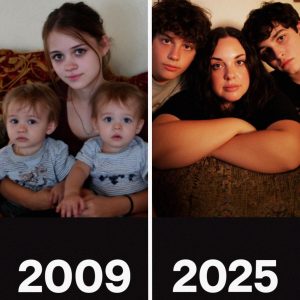In recent days, the administration has emphasized a proposed $2,000 “tariff dividend” as a way to distribute revenue from newly imposed tariffs directly to American households. Framed as both a reflection of a strengthening economy and a benefit for ordinary families, the proposal has been highlighted in speeches, interviews, and public statements from the Oval Office. Treasury officials have expressed cautious optimism about the plan, emphasizing that it cannot move forward without congressional approval. Moreover, a pending Supreme Court ruling could have significant implications for the legality and sustainability of the tariffs that would fund the proposal, adding an additional layer of uncertainty to what might otherwise appear as a straightforward economic incentive.
The concept of the tariff dividend exists at the intersection of politics, law, and economics, making its path to implementation highly complex. While the administration has floated alternatives such as targeted tax cuts or long-term investments in “birth accounts” for children, any of these measures would still require legislative action, defined income thresholds, and clear funding sources. Without a formal bill, verified income brackets, or secure revenue streams, the proposal remains aspirational. It illustrates the broader challenge of translating economic ideas into actionable policy, where ambition and feasibility often collide, and where public enthusiasm must be tempered by the realities of governance and law.
For many Americans grappling with stagnant wages, rising costs, and economic uncertainty, the prospect of a direct payment of $2,000 is undeniably appealing. Families envision using it to pay bills, cover necessities, or offset financial pressures, making the promise emotionally resonant as well as politically potent. Yet, analysts note that there is a substantial gap between projected costs of such a dividend and the revenue generated by tariffs. Competing priorities—including deficit reduction, infrastructure investment, and other fiscal obligations—further complicate the picture. This gap underscores the tension between public expectations and the fiscal realities that lawmakers must navigate when evaluating such proposals.
The proposal’s viability also hinges on legal and procedural clarity. Tariffs, the proposed source of funding, are subject to ongoing scrutiny by courts and Congress alike. Any legal challenges could jeopardize the revenue stream, while congressional oversight and budgetary review are critical for ensuring that the program is fiscally responsible. This uncertainty reminds the public that while policy announcements can be compelling in their immediacy, the path from announcement to execution is rarely linear. The “dividend” cannot be assumed to be imminent, and careful monitoring of legislative and judicial developments is necessary for anyone counting on such a payment.
Beyond economics, the discussion surrounding the tariff dividend touches on trust in governance and the timing of policy implementation. Citizens respond not only to the promise of direct financial relief but also to the transparency and credibility of those making that promise. Policy is most effective and sustainable when built on clear accounting, collaborative decision-making, and honest communication with the public. A plan framed primarily as a political signal risks eroding trust if it does not withstand legal and fiscal scrutiny. Americans, therefore, are encouraged to view the dividend as part of a larger dialogue about fiscal responsibility, legal authority, and the mechanisms through which government can deliver real economic benefits.
Ultimately, the story of the proposed $2,000 tariff dividend is as much about governance and public confidence as it is about immediate financial relief. Economic optimism grows most effectively when policy is grounded in realism, with clear mechanisms, legislative backing, and a reliable funding source. Citizens also play a role, not just as recipients of government programs, but as active participants in holding policymakers accountable and engaging with the legislative process. Until the proposal is formalized, fully funded, and legally secure, it remains a discussion point rather than a guarantee, highlighting the delicate balance between ambition, transparency, and practicality in shaping economic policy that can genuinely benefit the public.





